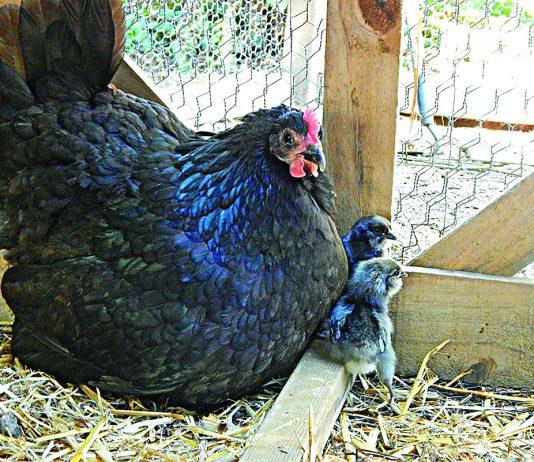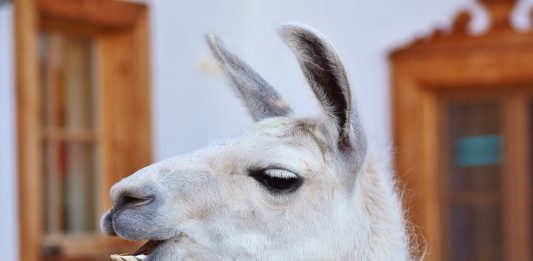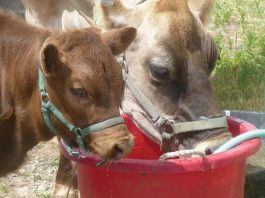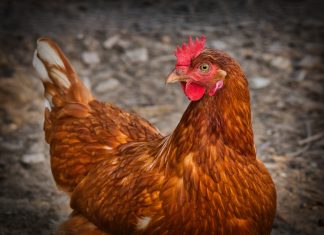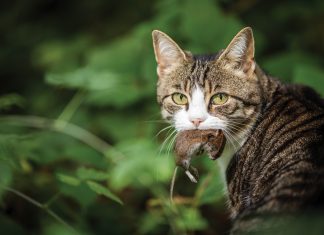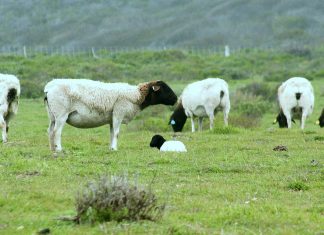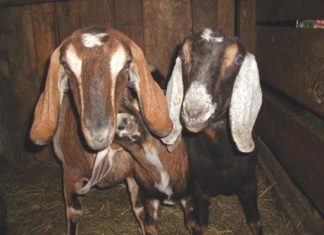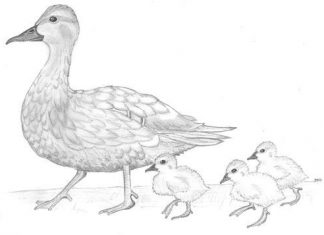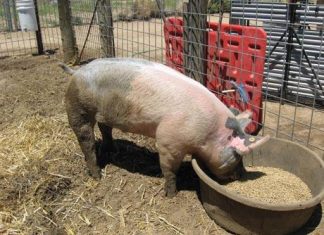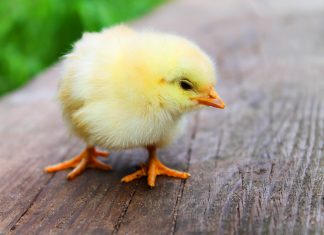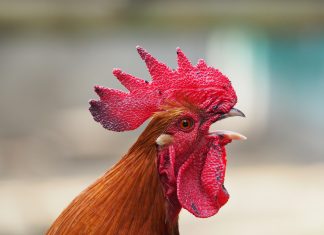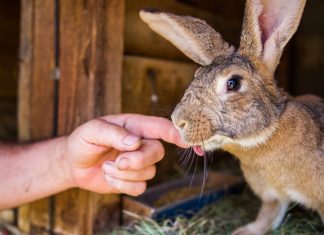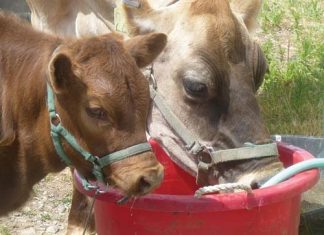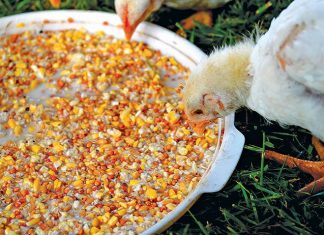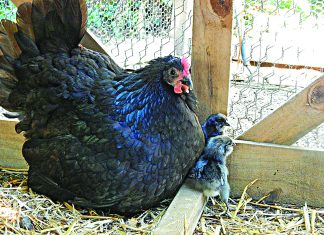Get to know your spiders
By Jerry Hourigan
Issue #109 • January/February, 2008
Every landowner and homeowner creates the perfect environment for spiders. Not intentionally, of course, but spiders seem to like all the little nooks and crannies created from how...
Chickens — The most valuable animal on the homestead
By Jackie Clay
Issue #109 • January/February, 2008
When I was a child, I used to read and re-read the chick section in our Sears and Roebuck catalog. Imagine! For only two cents you could buy...
The homestead cat
By Jackie Clay-Atkinson
We have had at least one cat in our home ever since I was a young child. So it’s no wonder we truly value our feline friends. Not only do they provide...
Dorper sheep — Revolutionizing the meat sheep industry
By Darlene Polachic
Issue #75 • May/June, 2002
If Henry Soderberg's predictions are right, Dorper sheep could revolutionize the meat sheep industry. A South African breed developed in the 1930's from Dorset Horned and Blackheaded Persians,...
Shearing, carding, spinning, weaving and creating with Margaret Boos
By Annie Duffy
Issue #52 • July/August, 1998
"If you're going to make something that you want to last, why not start with good quality material," says Margaret Boos who raises and spins her own wool....
Are aliens stealing our honeybees?
By John Silveira
Issue #106 • July/August, 2007
What would happen if all the honeybees disappeared? According to some pundits we'd see a collapse in much of our food base followed by shortages, turmoil, and, depending...
Switch your family to goat’s milk
By Tanya Kelley
Issue #128 • March/April, 2011
If you milk goats, there's no doubt you've heard it"Eww! Goat's milk! Gross!" To be perfectly honest, goat milk does taste different than cow milk. So? Different doesn't...
Broody biddies make sense on the homestead
By James Kash
Issue #139 • January/February, 2013
Broodiness is an avian behavior that is frowned upon in the world of agriculture. All industrial agriculturalists cull broody birds because the behavior inhibits production. But to frugal...
Is that a good pig?
By Kim Dieter
Issue #129 • May/June, 2011
Lean ham, roasts, chops, savory sausage, and thick slices of bacon are the reason pigs are raised at home. A typical meat pig weighs 200 to 270 pounds...
Kinder goats — A small breed for milk and meat
By Kathleen Sanderson
Issue #95 • September/October, 2005
I have had dairy goats for most of the last 20 years or so and have raised almost every standard breed. But when my grandmother, my youngest daughter,...
Brooder in a box
By Sylvia Gist
Issue #80 • March/April, 2003
It's spring and the farm store has a tempting variety of baby chicks begging for you to take them home. Or the breed you've always wanted has been...
How to butcher a chicken in 20 minutes or less
...while leaving the carcass and feathers intact!
By Dr. Roger W. Grim, D.C.
Issue #79 • January/February, 2003
Figure 1. With a trash bag properly fitted around the chicken, clean up will be easy.
When I was 12...
Raising Rabbits
By Linda Gabris
Issue #133 • January/February, 2012
If you take pride and pleasure in growing your own organic garden foods and raising your own chemical-free meats, then consider rabbits.
Domestic rabbits are an easy-to-raise, reliable meat...
Animal disease traceability
By Patrice Lewis
Issue #137 • September/October, 2012
In 2009, small farmers and ranchers breathed a sigh of relief. So did people worried about another curtailment of individual liberty and those whose religious principles oppose microchipping.
They...
Fermenting Chicken Feed
By Melissa Souza
Issue #174 • November/December, 2018
On our homestead, we eat yogurt, kombucha (fermented tea), sauerkraut, and kimchi to add probiotics to our diet. These beneficial bacteria promote good digestive health, strengthen the immune...
Cheaper than Store-Bought Eggs
By Kristina Seleshanko
Issue #177 • July/August/September, 2019
Something we heard a lot when we first started raising chickens in the suburbs was, “For the cost of raising those birds, you could buy an awful lot...


